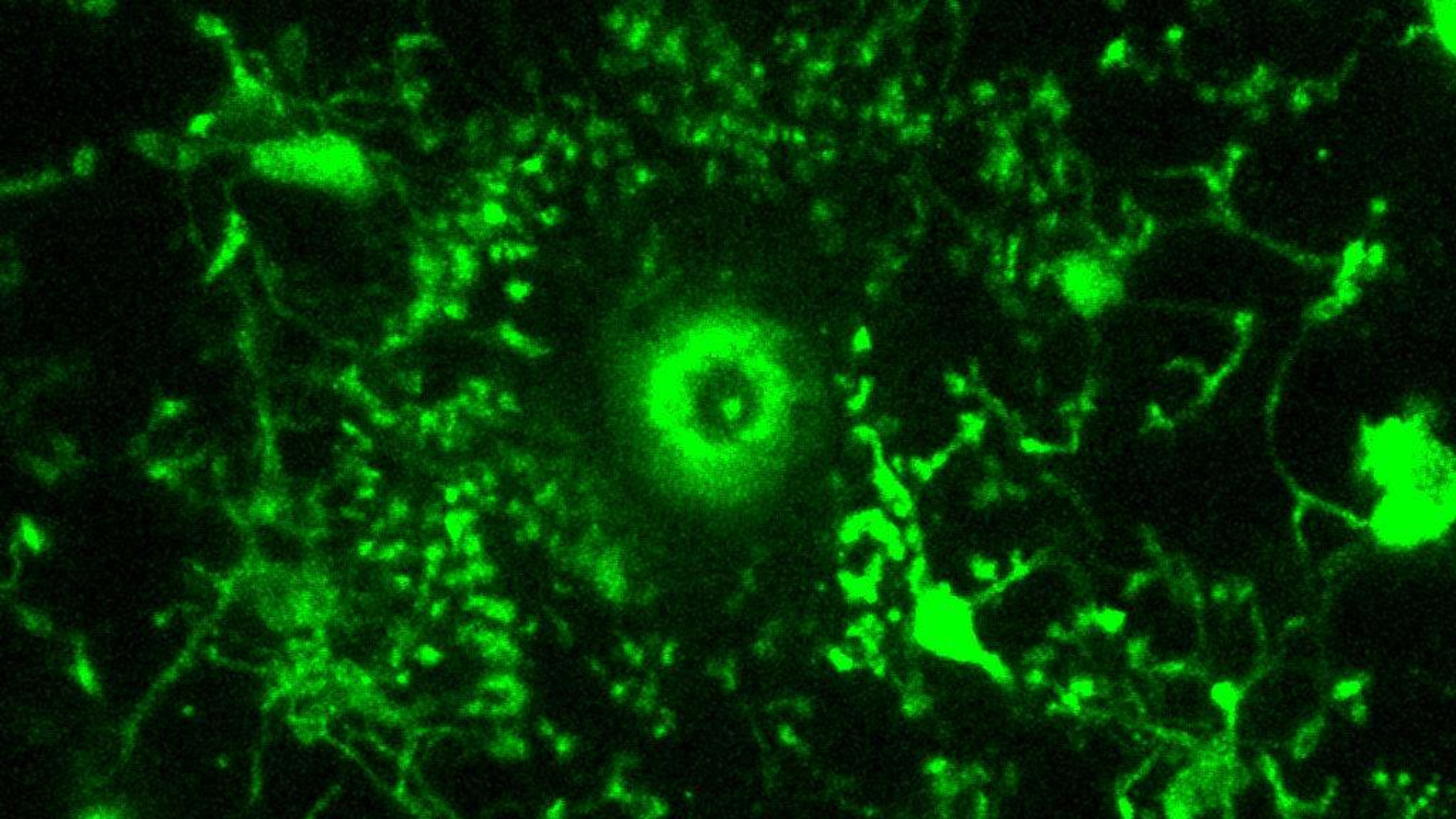
The MicroglEyo Lab is broadly interested in studying microglial roles across the lifespan in health and disease. We use multi-technical approaches (live and fixed imaging approaches, functional and behavioral assays as well as transcriptional and bioinformatic approaches) to understand the basic biology of microglial functions and contributions in developmental, healthy, injured and diseased states and have developed FIVE research projects. We are delighted to tackle salient questions as discussed below in our current projects in collaborations within the University of Virginia and outside the University of Virginia:
Project 1: Gliovascular interactions in health and disease.
For this project, we are interested in elucidating the processes, mechanisms and contexts for especially microglial control of vascular function. Vascular function in this case is centered on measuring vessel structural changes using confocal and two-photon imaging and functional changes measuring blood flow either by laser speckle imaging or by line scans with vivo two photon imaging. In context, we are interested in these studies both within basal conditions as well as following functional activities such as hypercapnia (high CO2) or functional hyperemia (such as during whisker stimulation). We have reviewed the literature on microglial-vascular interactions and showed, in collaboration with Dr. Brant Isakson and Dr. Chia-Yi (Alex) Kuan, that microglia associate with vessels in the homeostatic brain under the control of microglial P2RY12 and pannexin1 receptors and we contributed to work led by Dr. Chia-Yi (Alex) Kuan showing evidence that microglial CD39 facilitates microglia control of hyperemic blood flow. In ongoing work, we are exploring (1) other molecular mechanisms of microglial control of vascular function, (2) identifying other glial cell-cell interactions relevant to vascular function such as astrocyte endfoot plasticity in work lead by our collaborator, Dr. Harald Sontheimer and (3) extending the relevance of these findings to development and neurodevelopmental pathologies as well as aging pathologies such as Alzheimer’s Disease (AD). Of interest, we are collaborating with Dr. Shayn Peirce-Cottler to examine pericyte dysfunction in AD. This work was initiated by an NIH R21 and is now funded by an NIH R01.
Project 2: Microglial-neuronal interactions with a focus on microglial roles in seizures.
For this project, we are interested in characterizing microglial-neuronal interactions and describing microglial reactivity and contributions in seizures and epilepsy. We combine the use of in vivo and ex vivo two photon imaging approaches with experimental models of seizures (chemoconvulsive, genetic and febrile) and epilepsy to understand microglial engagement during seizures. Having generated increasing evidence for the role of microglia in seizures in collaborations with Dr. Ed Perez-Reyes, we are exploring molecular factors that may be at play with a special focus on microglial P2RY12 receptors. This project was funded by an American Epilepsy Society Junior Investigator Grant and is currently funded by an NIH R01.
Project 3: Microglial P2RY12 roles in microglial identity and function.
P2RY12 receptors are unique and defining receptors of microglial identity and relevant to various microglial functions as evidenced by their contributions to various central nervous system (CNS). While it is known that this is a purinergic receptor that responds to ATP/ADP release extracellularly, it is unclear what roles this receptor plays in microglial identity and function. This project is focused on elucidating this with considerations of sex differences as well as communications with other cells. We have shown that P2RY12 regulates sex differences in microglial structure and mouse behavior and are exploring other aspects of P2RY12 function in microglia and the central nervous system. The project employed the use of transcriptional approaches, immunohistochemical techniques, biochemical assays as well as behavioral and functional studies. This project is funded by Startup funds and private foundation support from the Owen’s Family Foundation.
Project 4: Microglial contributions to neural development.
For this project, we are interested in understanding microglial regulation of proper neural development. A first aspect of this is with understanding how microglia regulate astrocytes during development and microglia regulation of neural circuits with astrocytes during development. A second aspect is in how microglial regulate vascular development. Temporal and regional considerations of these are being studied as well as possible sex differences in mechanisms of regulation. In future, the significance of this work will be explored in contexts of neurodevelopmental conditions such as autism spectrum disorders as we have reviewed with Dr. John Lukens. Collaborations in this project include research being done in conjunction with Dr. John Campbell. This project is currently funded by Startup funds and The Owen’s Family Foundation.
Project 5: Microglial reactivity and contributions to infection.
For this project, we are interested in understanding how microglia react and possibly contribute to conditions of infection with an initial focus on systemic infection modelled with LPS and a more specific focus of respiratory infection. Combing features of and approaches used in the other research projects above, this project will use experimental models of respiratory infection (especially LPS as a model of bacterial infection and poly I:C as a model of viral infection) as well as eventually influenza models in both developing and adult mice to begin to assess microglial responses to those context and further explore any contributions by microglia to the resulting pathological process. This is a new research direction in the lab and is supported by private foundation funding from the HHMI’s Emerging Pathogens Initiative in collaboration with other glial researchers including Drs. Erin Gibson, Shane Liddelow, Beth Stevens and Michelle Monje.







